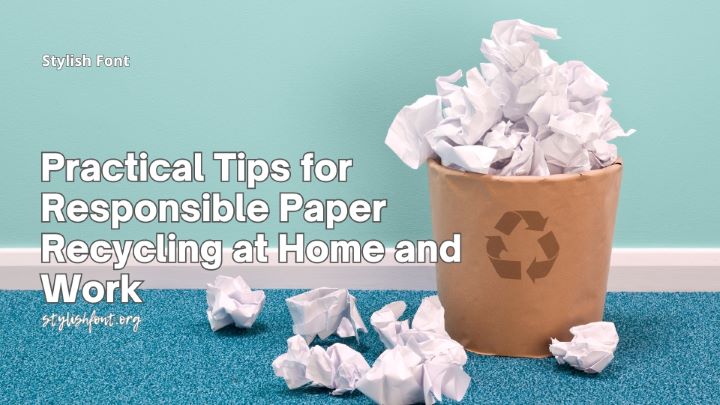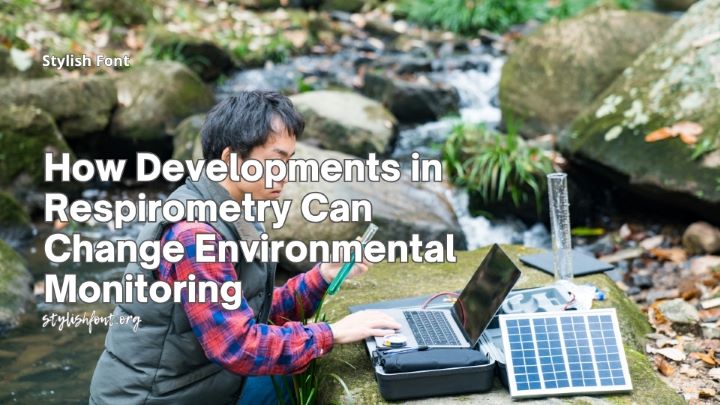Key Takeaways:
- Dive into the environmental benefits of paper recycling and its significant impact on conservation.
- Learn best practices for sorting and preparing paper products, ensuring efficient recycling.
- Recognize the mistakes that can thwart recycling efforts and avoid them.
- Discover engaging methods for fostering a strong recycling culture in communities and workplaces.
Why Paper Recycling Matters
Paper recycling reaches far beyond the bin — it’s an integral step towards a healthier planet, contributing to protecting our forest ecosystems and reducing greenhouse gas emissions. When we recycle paper, we save trees and conserve the water and energy needed for paper production. The paper recycling process is instrumental in mitigating the impact of deforestation on wildlife habitats and maintaining global biodiversity. Recycled paper also conserves landfill space, reducing methane production — a potent greenhouse gas that exacerbates climate change.
Sorting Paper Like a Pro
Individuals should become adept at distinguishing between high-grade and low-grade papers to aid in recycling. High-grade papers, like office paper, are often bleached and have long fibers that make them suitable for multiple recycling rounds. Low-grade papers, including newspapers and boxes, have shorter fibers and can typically be recycled fewer times. This critical sorting step is beneficial in two ways: it prevents potentially reusable materials from becoming waste. It ensures that the high-quality paper can be processed into new products without too much material degradation. This meticulous segregation is significant as commingled and contaminated paper requires more energy and resources to recycle, increasing environmental costs.
Preparing Your Paper for Recycling
Before dropping the paper into the recycling bin, several preparation steps can markedly improve the quality of the recycled material. Firstly, removing any tape, glue, or plastic windows from paper materials is essential. Second, offices can set the stage for effective paper recycling by providing clear instructions and proper receptacles for paper disposal. To go one step further, companies can install dedicated paper shredders that separate non-recyclable materials to ensure a clean paper stream. Shredded paper, especially when collected in separate containers, is readily recycled into new products such as egg cartons, insulation, or even more paper for writing and printing purposes. These preparation steps are crucial to preventing the contamination of recyclable material and ensuring the longevity of the recycling process.
The Do’s and Don’ts of Paper Recycling
Do:
- Utilize local recycling services, ensuring the paper is well-spent and correctly disposed of.
- Consider the lifespan of recycled paper products and support the industry by purchasing recycled content paper goods.
- Stay up-to-date with the latest recycling guidelines, which can change as technologies and policies evolve.
Don’t:
- Assume all paper products are recyclable without checking local rules, as contaminants can ruin an entire batch.
- Mix paper recyclables with other materials without sorting since this can complicate the process and hinder recycling efforts.
- Overlook the impact of personal actions on the greater environmental goal of preserving our planet’s resources.
Engaging Community and Workplace in Paper Recycling
Community-wide and workplace-driven paper recycling programs are pivotal in cultivating a culture of sustainability. Organizations and municipalities can lead by example, demonstrating the ease and benefit of proper paper disposal. Providing readily accessible and well-signposted recycling stations can simplify the process for individuals, encouraging higher recycling rates. In addition, educational initiatives can boost understanding of the importance of proper sorting and preparation, clarifying common misconceptions around recycling, all while workplace incentives can motivate employees to regularly and correctly recycle their paper waste. These efforts can significantly bolster the amount of paper that is successfully recycled and not wasted.
Debunking Paper Recycling Myths
The path to effective paper recycling is cluttered with myths that can sidetrack even the most well-intentioned efforts. For instance, the idea that any paper item can be recycled needs to be more accurate, as some products like thermal fax paper, stickers, and soiled napkins are unsuitable for the recycling stream. Combatting these misconceptions is crucial, and authoritative resources offer accurate information that can guide consumers toward better recycling practices. The challenge lies in disseminating this information widely so myths keep the foundations of our recycling habits intact. Knowledge is power, and in the case of recycling, it’s the power to preserve our environment for future generations.
Technological Advancements in Paper Recycling
The evolving landscape of recycling is becoming increasingly technologically sophisticated, lessening the efficiency and efficacy of paper recycling. Enhanced sorting and pulping techniques can now recover paper materials that were previously difficult to recycle, widening the scope of what can be processed. These improvements have a multiplicative effect: they increase the number of recycled paper goods and improve the quality, contributing to a circular economy where waste is minimized, and resources are perpetually in use. Keeping abreast of such innovations allows consumers and businesses to adapt their recycling habits and practices to the industry’s current capabilities, together stepping toward a more sustainable and less wasteful future.
Conclusion
Ultimately, embracing a responsible approach to paper recycling is a potent act of environmental stewardship. Everyone has a part to play, whether by ensuring the paper is cleanly sorted and prepared or by participating in and advocating for recycling programs. Actions at home and in offices can collectively result in significant environmental gains, contributing to the conservation of forests, the reduction of greenhouse gases, and the minimization of landfill use. Through this collective undertaking, paper recycling ceases to be a mere transaction and becomes a transformative process that benefits our planet and society.





